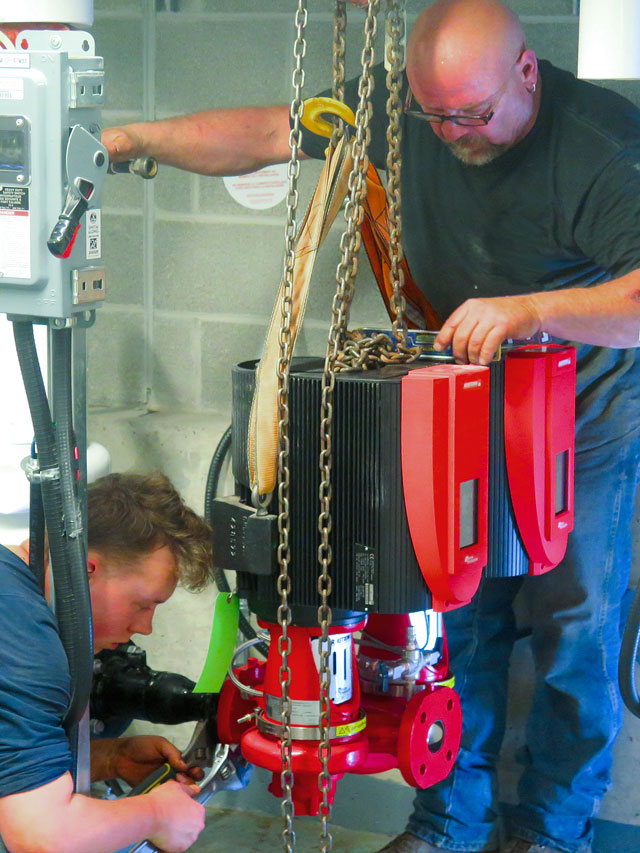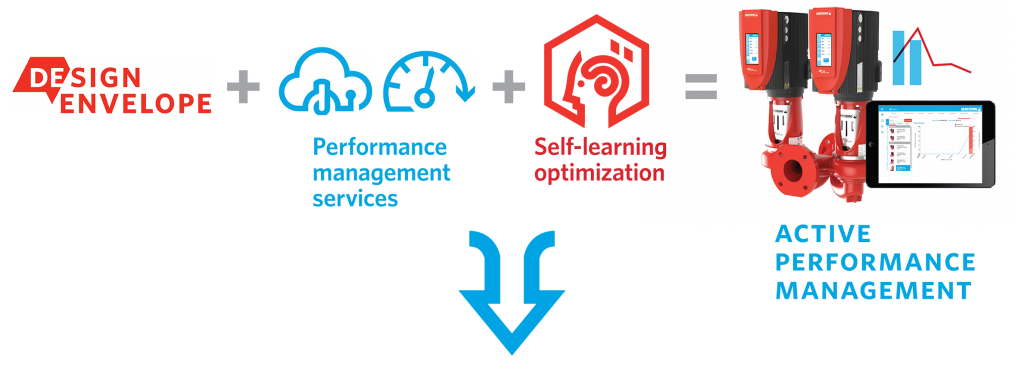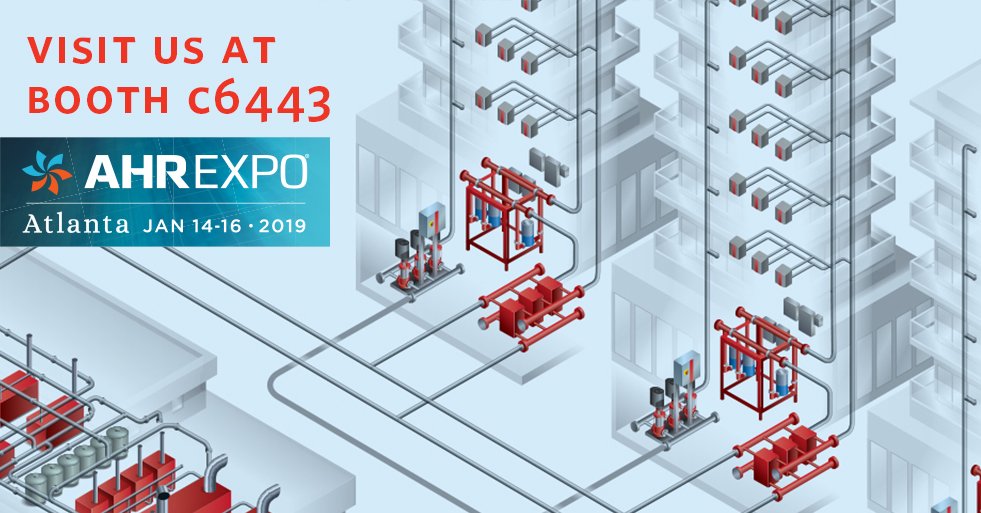Though they make immeasurable contributions to society, in some ways buildings have a very measurable impact on the planet. No matter how awe-inspiring the skyline of your favorite city, buildings and construction together account for over 39% of energy-related greenhouse gas (GHG) emissions1. The effort to reducing emissions is heavily dependent on consuming less energy, making it critical for us to understand and minimize energy use in buildings. According to the Commercial Buildings Energy Consumption Survey (released by the U.S. Energy Information Administration in 2015), the size, age, geographic location, and principal activity are among the key determinants that influence a building’s energy use2.
While several North American cities are starting to require commercial building owners to track and report their energy use through legislative benchmarking ordinances3, more and more energy savings initiatives are born out of a very practical need for organizations to minimize operating costs. On average, electricity and natural gas account for nearly 29% of a building’s operating expenditures4. This means energy saving measures can make a big difference to the profitability of a building.
Having a responsibility to their stakeholders for profit and loss, building managers typically understand the value of investing in energy-efficient technologies. Where it exists, their concern around launching into a performance upgrade project often lies in not knowing how or where to start. With over 87 billion square feet of floor space in the US alone, let’s start by taking a deeper look into our HVAC systems!
 [WEBINAR] FEBRUARY 5, 2019: GET THE BEST PERFORMANCE OUT OF YOUR HVAC SYSTEM
[WEBINAR] FEBRUARY 5, 2019: GET THE BEST PERFORMANCE OUT OF YOUR HVAC SYSTEM
There are incredibly deep opportunities to save energy and reduce carbon footprint, just by focusing on HVAC systems for new and existing buildings. After all, HVAC systems are responsible for approximately 44% of energy consumption in buildings3. Upgrades to HVAC systems in existing infrastructure present a significant opportunity to reduce energy costs, especially because building systems experience a 10% to 30% drift in HVAC efficiency in as little as 1 to 2 years after commissioning (that’s over $10 billion worth of wasted energy in the United States alone)!
How does this HVAC ‘drift’ happen? Well, heating and cooling requirements of a building change all the time. HVAC load changes can occur in instances where a brand new building goes from having zero tenants to increased occupancy. The opposite is also true; HVAC load changes when tenants are reduced and there are fewer heating and cooling requirements. In other cases, existing buildings have to deal with new construction affecting HVAC load. For example, imagine a building constructed to a certain height, with a specified sun exposure, that is shaded when a new building is erected nearby; the heating and cooling requirements of that existing building would change as a result of the new development. Other post-construction modifications and upgrades can include retrofits of energy-efficient roofs and windows, which can also affect the heating and cooling load.
At the same time, as equipment components age they frequently perform at slightly different levels or require more inputs to deliver the same performance. These changes can ripple through the HVAC system and reduce overall efficiency. The largest reductions in efficiency, however are caused by human involvement in the operation of the components and systems. By far the most common issue seen in mechanical rooms around the world is pumps left in improper operating situations after maintenance. Pumps left in ‘In-Hand’ mode under-perform. Valves left fully closed leave a pump in a dead-head state, wasting energy non-stop. Valves left partially closed can cause pumps to cavitate and become damaged.
As another example of human involvement affecting efficiency, operators often make adjustments in response to demand changes or system performance and are not always systematic about what they change, the degree of a change, how long they leave a change in place, and the setting they return to when demand has been met. Over time, the changes in settings left in place by well-meaning operators can substantially affect system-wide efficiency.
The reality is that HVAC requirements are constantly changing due to variables over which no single person or management team has total control. This is why having a ‘smart’ pump, as a starting point, can make a huge difference.
Make Sure the Heart of Your Building has a Brain.
Employing smart pumps that are engineered to monitor actual system conditions and dynamically adjust pump operation to match the system demand. This is a critical aspect of reducing energy usage and achieving significant savings. When you install a smart pump, the system gains the ability to respond dynamically to operating conditions, as they change in real-time, to achieve maximum pump efficiency under dynamic HVAC loads.
Design Envelope is a proprietary technology developed by Armstrong that provides intelligent, demand-based, control that models equipment and system behavior, monitors actual system conditions, and dynamically adjusts pump operation to match system demand. These smart pumps from Armstrong modulate output to reflect the environment in which they are operating. This provides more than just insights to the operator. The pump itself is active in the pursuit of optimization, working independently of the operator to achieve maximum efficiency.
“Design Envelope technology now looks beyond energy savings to provide a comprehensive view of HVAC performance management,” explains Lex Van der Weerd, CEO of Armstrong Fluid Technology. “These advancements deliver accelerated value for our customers through energy savings, not only with the pumps but throughout the entire HVAC system.”
When you start with a Design Envelope pump, the operating data is collected and provides accurate information on flow and pressure. The data can be analyzed to determine what other improvements can be made in the HVAC system; such as improvements to cooling tower flow, the number of cooling towers needed, or whether the flow can be modified to optimize the chiller efficiency. There are both immediate and long-term benefits to choosing Design Envelope technology in terms of equipment sizing and capital planning. This technology has demonstrated groundbreaking advances in building performance, enabling building owners to save 40 cents per square foot, every year.
Armstrong began tracking customers’ energy savings over a decade ago, as part of a company-wide commitment to sustainability. Their real-time energy savings dashboard (see it at bit.ly/ArmstrongRealTimeEnergySavingsDashboard) shows that Design Envelope technology has saved building owners over $120 Million in energy since 2007. An impressive achievement, not just from a cost savings standpoint, but from a sustainability standpoint as well. These energy savings have averted nearly 350 tons of CO2 from being released into the environment – which is equivalent to taking over 75,000 cars off the road for a year!
Tools and Service – Active Performance Management
It’s the combination of intelligent pump technology and on-going smart commissioning that is critical to successful energy savings initiatives in HVAC. Armstrong Fluid Technology recently introduced Pump Manager, a web-based service that leverages the embedded intelligence and connectivity available through its advanced new line of Design Envelope. “Design Envelope solutions, coupled with our Performance Management services, allow our customers to greatly improve their energy performance and maintain or extend those savings over time through real-time insight and action,” declares van der Weerd.
Delivered as a highly secure, cloud-based application, key features of Pump Manager include real-time alerts and warnings so that operators have immediate knowledge of challenges, including deadheading, cavitation, broken coupling, and excessive vibration. The base alerts include pumps operating ‘in-hand’ (i.e. a manual setting to constant flow instead of variable speed) and excessive run-hours, which can significantly impact energy consumption and availability. Pump Manager provides online trending and analysis across multiple parameters on single pumps or an aggregated basis for multiple pumps. The trends assist in identifying performance degradation and provide early indication of potential maintenance requirements, allowing operation and maintenance personnel to move to a predictive and proactive approach. Reports and summaries provide a simple and intuitive view of pump performance and key trends.
Armstrong announced at its recent Global Energy Summit in Toronto that the company is committed to reducing greenhouse gases among its installed customer base by 2 million tons by the year 2022.
Armstrong has expanded their team of energy-savings specialists that will work closely with existing customers to measure, manage and enhance their current operations. Having already launched a global validation effort across a wide range of building types and applications, Armstrong is working with Bureau Veritas, a third-party international certification agency, to validate results and prove energy savings through use of Design Envelope technology and Active Performance Management.
The initial results of the program are nothing short of jaw-dropping, with customers seeing savings ranging from 32% to 78%. Detailed case studies will be made available as the follow-up work is completed. For now, though, the learning seems clear. Smart pumps and on-going performance management offer great potential for savings and sustainability.
Learn more about Energy Upgrades at bit.ly/ArmstrongEnergyUpgrade or talk with Armstrong Fluid Technology live at AHR Expo in booth C6443!
References
1 U.S. Energy Information Administration. (2018, May 3). Retrieved from https://www.eia.gov/tools/faqs/faq.php?id=86&t=1
2 U.S. Energy Information Administration. (2015, March 4). Retrieved from https://www.eia.gov/consumption/commercial/reports/2012/buildstock/
3 Roberts, Kate. (2018, January 27). New and updated 2018 benchmarking ordinances. Retrieved from http://www.gobyinc.com/2018-benchmarking-news/
4 Madison Gas & Electric Company. (2010, September 13). Managing Energy Costs in Office Buildings. Retrieved from https://www.mge.com/images/PDF/Brochures/business/ManagingEnergyCostsInOfficeBuildings.pdf










Comments